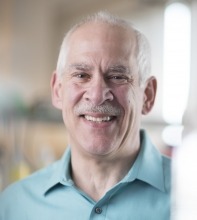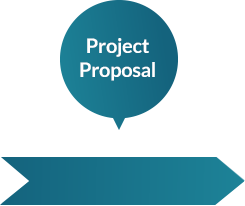Protecting against clotting after heart bypass surgery
Grant Project Details:
Grant Description
Coronary bypass surgery is a challenging operation. Essentially, it’s replumbing a patient’s heart, similar to what happens if the gas line to your car's engine gets pinched; in a car shop, the mechanic simply removes the supply line and replaces it with a new one, but for a narrowed coronary artery, a cardiac surgeon will attach a tube and bypass the narrowed artery so that blood can flow around it. Fortunately, many patients have spare vessels in their body which the surgeon can harvest and use as the tube.
There are a large number of patients who need bypass a second time and no longer have a spare vessel that can be used. For them, it’s a dire situation because there is no synthetic material that works to make a graft for cardiac bypass. Hope for these patients lie in a tissue engineered artery, a spare blood vessel made of biological material that has been engineered to work like a patient’s own artery.
Over the past 25 years, scientists have been able to develop a tissue engineered artery that is strong and can regenerate over time. The one challenge that still remains, though, is that the blood will clot in a tissue engineered artery because it lacks an endothelial lining. Endothelial cells are special cells that prevent clotting. Given enough time, endothelial cells can be grown from cells extracted from of a patient and then added to the engineered artery. When the surgery is urgent, however, there isn’t enough time to grow these cells to add to a tissue engineered artery.
This grant supports work to grow the endothelial cells faster by using stem cells found in a patient’s fat or bone marrow. The stem cells can grow into endothelial cells that will prevent clotting. In urgent cases, those stem cells could “seed” the surface of the engineered artery and be ready to go for surgery in a very short time frame.
Different chemicals and physical stimuli can make the cell growth occur faster. Researchers will experiment to find just the right combination to stimulate cell development speed and analyze how many cells need to be seeded in the lining of a tissue engineered artery.
As non-clotting tissue engineered artery is developed, the potential applications are endless. Treatments that depend on stem cells from a patient’s body represent a real cure for diseases, not just a way to treat symptoms.
The next generation of medical devices will likely have a stem cell component, such as the endothelial cells in the tissue engineered arteries developed with the support of this grant. This research keeps Minnesota on the cutting edge of medical device development and could revolutionize the way diseases are treated and cured.
Grant Awardee Biography

Robert Tranquillo arrived to Minnesota in 1987 after a post-doctoral fellowship at Oxford University. With a passion for cell mechanics and mathematical biology, Tranquillo has led the Department of Biomedical Engineering at the University of Minnesota since its inception in 2000. Tranquillo has maintained an active research program in cardiovascular tissue engineering for more than 20 years.



